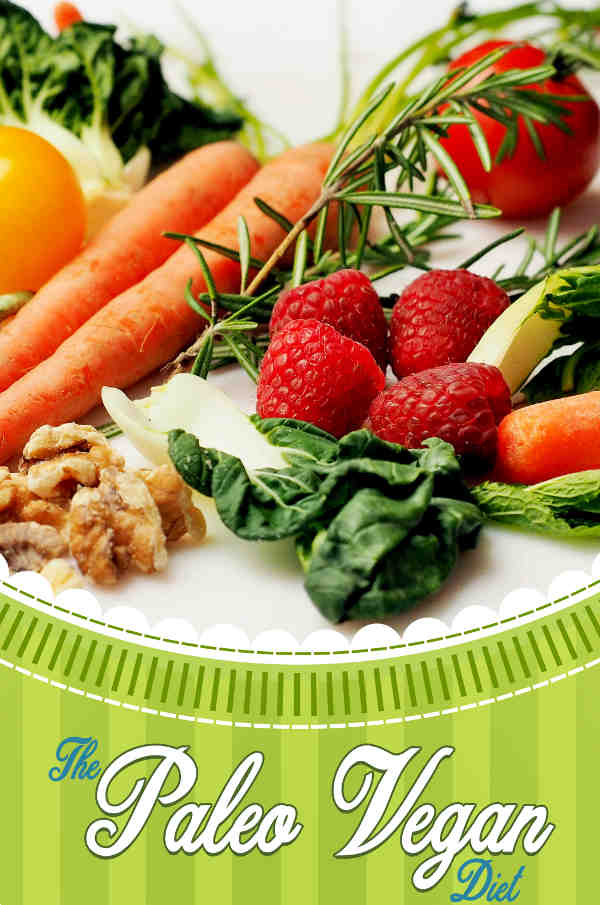Ever heard of the Pegan Diet? You might well have because it is certainly the hottest diet trend around right now. It’s important to get a bit of an introduction about this diet because it’s important to see if it works; if it really is as healthy as it is proclaimed to be because everyone is raving about it.
This unique way of eating is the creation of Dr. Mark Hyman, the director of the Cleveland Clinic Center for Functional Medicine, director of the UltraWellness Center, and author of many bestsellers. He says that food is a much more powerful medicine than we are aware of, and yet so many diets paint different pictures. And in the diet wars, the battle always wages on about low-fat vegan diets or high fat paleo diets. But Mark Hyman has found common ground with his paleo-vegan (or Pegan) diet, a plant-based diet, supplemented with animal foods. He reckons that with the right foods, we are capable of restoring our health, helping us to thrive. Because literally how we get our food is connected to the health of our planet.
So back to the Pegan Diet – it combines the best of the Paleo diet and the vegan diets. People say that’s impossible because the Paleo Diet follows the Paleolithic era way of eating, which includes eating meat, whilst vegans avoid all animal products. Let’s look.
An introduction to the Pegan Diet
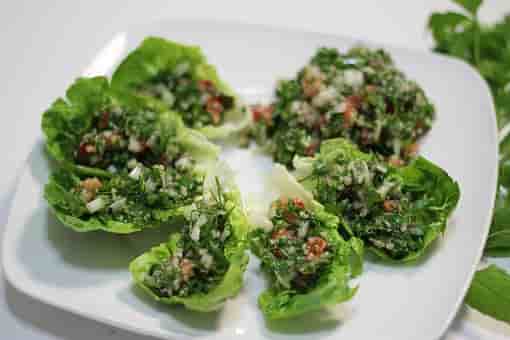
The Pegan Diet is a combination of the Paleo diet and vegan diets, diets that help to fight obesity and diseases related to or as a result of obesity. On the Pegan Diet, you won’t have to let go of a lot of the meat that you enjoy on the Paleo diet, or any other animal products and you won’t have to limit the intake of your carbs either. Even though the Paleo Diet and vegan diets sound so much as if they are at odds with each other, Dr. Hyman says that in fact, they have more in common with each other than what the standard American diet has. The main concept of the Pegan Diet is that it strikes a balance between eating plant-based foods and animal foods. But a question people ask is if you have the Paleo Diet and the vegan diets, then was it necessary to introduce the Pegan Diet?
Dr. Hyman says, yes, because over 20 years, the diet industry has been flooded with new science-researched evidence that will support a diet in a moment and then dismantle it in the next moment. All this led to much confusion and left dieters wondering, what IS a healthy diet really? But now, thankfully, the Pegan Diet answers the question. Dr. Mark specifically chose these two diets because the vegan diet does show much promise in fighting obesity and diseases around that. But not only that, a vegan diet protects the environment and lowers the risk of harm to precious animal life. The Paleo Diet limits the consumption of meat because it follows the Paleolithic era where meat did not come to people on a daily basis, they had to go out and hunt if they wanted to eat meat. Nor does the Paleo Diet allow the consumption of dairy, because the whole concept of domesticating cows and other animals for milk products was not practiced in those days. No processed foods, legumes, or grains were eaten in those times either. Therefore, the Paleo Diet has shown itself to be beneficial to patients with type 2 diabetes and cardiovascular disease problems. However, these diets did cause other deficiencies that needed resolving.
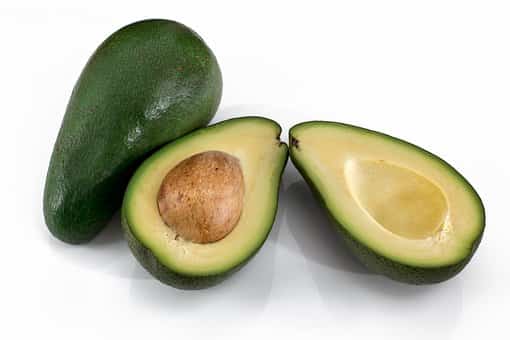
The Nutrition Collaborative Research Support Program discovered that school children who followed primarily vegetarian diets were found to be not getting enough of essential amino acids, vitamin D, vitamin B12, iron, riboflavin, calcium, zinc, and dietary fibers. It naturally made sense to combine these two highly healthy and trusted diets so as not to lose out on the necessary proteins, amino acids, minerals, and vitamins that are found in both plant and animal foods. The fact of the matter is that each food group is important. The Pegan Diet gets you the nutritional balance that you don’t get by strictly following either the vegan diet or the Paleo diet only.
What are the principles of the Pegan Diet?
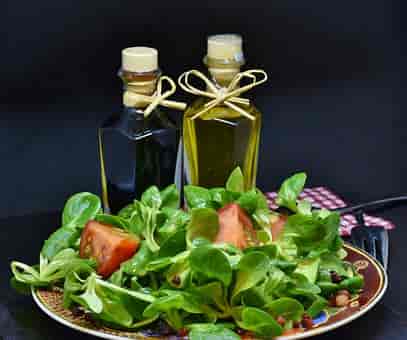
Choosing low GL foods: You will see this number, the Glycemic Index (GI) number, given to foods, depending on their ability to raise the glucose levels in your blood. The glycemic load (GL) of foods is calculated when you multiply the glycemic index with the carb content (although portion size is also considered in glycemic load). That means the lower the GI of a food, the lower your blood glucose levels will rise after you have eaten food.
Consuming healthy foods such as nuts, legumes, low-GI fruits, veggies, black coffee, and green tea.
Consuming healthy fats: Healthy fats are polyunsaturated and monounsaturated fats. These will help to lower inflammation and that includes inflammation-induced weight gain, as well as cardiovascular diseases.
Consuming fatty fish such as mackerel, salmon, and tuna and other fats found in avocado, nuts, seeds, flax seed oil, olive oil, and avocado oil.
Eating plenty, plenty of veggies – because vegetables supply plenty of dietary fiber, minerals, vitamins, and other phytonutrients that improve your health, protecting you from various diseases. If you can fill your plate with around 75%-80% of your plate with veggies, you will be doing your body a favor. Remember to consume different colored veggies too, but mostly the dark-colored ones. Excellent vegetables to include in your diet are plenty of beetroot, kale, carrot, spinach, and red bell pepper, bok choy, purple cabbage, squash, scallions, and green chili are a big plus.
Controlling the portions of your meat: The Pegan Diet allows you to eat meat, but not too much, as it can be harmful. A good rule is to fill about 25% of your plate with a protein food (that’s about the size of your palm).
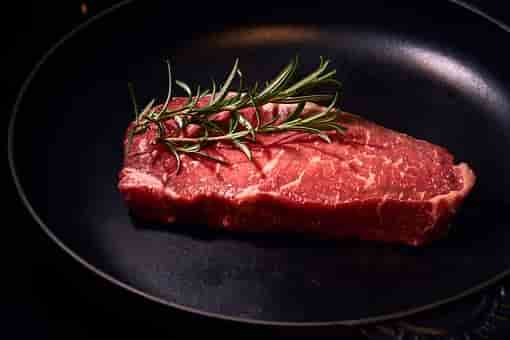
Saying ‘no’ to dairy is important according to Mark Hyman because he says that while there are some people who can tolerate dairy, recent research shows that it can contribute to ailments like diabetes, obesity, heart disease, and even increase your risk of getting osteoporosis. Both the Paleo Diet and vegan diets do not recommend that you consume dairy. Consuming fresh fruit over milk is recommended.
Using olive or coconut oil instead of ghee is recommended.
Limiting legume consumption is important: Even though they supply good sources of protein, limit eating legumes to just one cup a day – this will help to alleviate digestive problems and even help to reduce the risk of diabetes.
Take in protein such as eggs, mushroom, fish, and meat as your sources of protein. Top plants that yield proteins are:
- Quinoa: 11g protein per cup
- Lentils: 17.9g protein per cup
- Tempeh: 24g protein per 4 ounces
- Seitan: 24g protein per 4 ounces
- Beans (Kidney, Black, Mung, Pinto): 12-15g protein per cup
- Spirulina: 6g protein per 10 grams
- Hemp Seeds: 16g protein per 3 tablespoons
Avoiding whole grains and going gluten-free is important. Back in the Paleolithic era, no farming had been introduced yet and people didn’t eat whole grains, nor bread, biscuits, cereals, or anything containing gluten. By avoiding whole grains and going gluten-free, you help in keeping your blood sugar levels balanced and to also lower your chances of getting autoimmune diseases.
Reducing your sugar consumption: in fact, sugars should not feature at all in your diet. You need to opt for healthier sugar options. Consuming honey, maple syrup or coconut sugar are your better options.
Saying no to chemicals and GMOs because they contain preservatives, artificial flavorings, often laden with hormones, pesticides, and antibiotics. Can you see why we are all getting ill? Find foods from your local market that are labeled as non-GMO, grass-fed cattle and free range eggs. It’s essential; otherwise, you are fighting a losing battle.
That goes for your fish too; it should be wild-caught fish. You need to look for your protein sources that aren’t GMO and artificially bred.
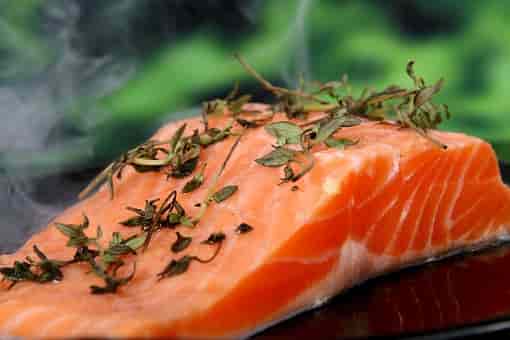
It kind of does leave you wondering about what’s left to eat, but it’s not really about that– it’s more about what is left to eat that is pure, organic, real food; food that does not come from sick, caged, chemically and hormonally fed animals – inhumane methods of raising animals for feed.
Let’s look at a list of foods that are ‘allowed’ on the Pegan Diet
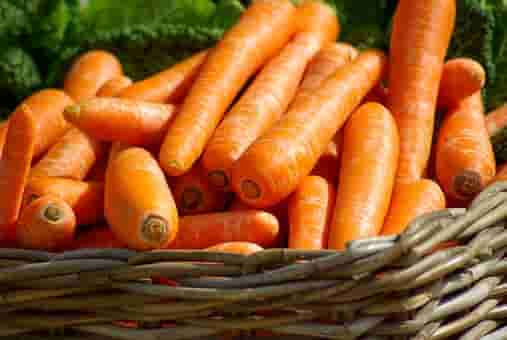
Vegetables = carrot, kale, beetroot, spinach, red bell pepper, purple cabbage, scallions, bok choy, squash, green chili, chard, radish greens, rocket spinach, cauliflower, turnip, broccoli, and tomato.
Fruits = berries, pomegranate, plum, pineapple, peach, and pluot.
Protein = wild-caught fish, grass-fed meat, egg, and mushroom.
Nuts and seeds = almonds, walnuts, pine nuts, pistachios, macadamia nuts, flax seeds, pepita, and sunflower seeds.
Fats and oils = coconut oil, olive oil, avocado, nut butter, and nuts.
Beverages = water. 100% fruit juice is a tricky one because it is actually stripped of all the fiber that whole fruit offers. It is recommended that you rather eat fruit in its whole form, limiting fruit juice to the occasional glass. The entire dairy group is off bounds on the Paleo Diet. In place of cow’s milk, you could drink homemade almond milk.
These are the foods you need to integrate into your Pegan Diet daily routine. Look at this diet plan as an example:
Early morning, say around 6.00 am: 2 teaspoons of Fenugreek seeds soak overnight in a glass of water, to be drunk as soon as you wake up.
Breakfast, say around 7.00 am: a biggish glass of a protein smoothie, made up of berries, seeds, nuts, almond butter, unsweetened almond milk, and coconut butter.
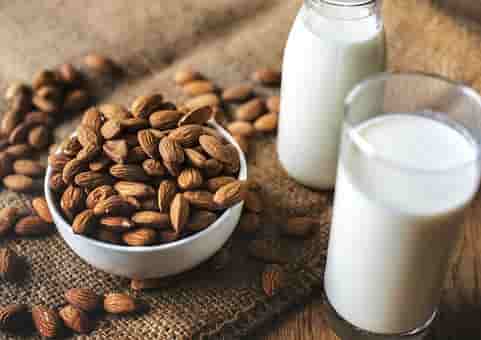
Mid-morning, say around 10.00 am: 1 apple
Lunch, say around 12.30-1.00 pm: Make a big salad of avocado, pumpkin seeds, canned sardines or wild salmon
Afternoon snack, say around 3.30 pm: 1 cucumber
Dinner, say at around 6.30 pm: A medium-sized bowl of grass-fed lamb, organic chicken, or wild-caught fish; 2-3 vegetables which should include dark green vegetables, squash, and roasted mushrooms
It is very important that you eat clean foods in order to lose weight and to feel great.
For how long should you follow the Pegan Diet?
The Pegan Diet is one that you can follow for as long as you wish. If you want to lose weight healthily, your diet should actually become your lifestyle. Fortunately, the Pegan Diet is one such diet that can become the way you eat from now on. It is all about improving your lifestyle habits, so you will lose weight but you will also improve your mental and physical health too. Doctor Oz says you can follow the Pegan Diet for each and every day of the 365-day year. It’s called the Pegan365 Diet.
Following the Pegan365 Diet
Following the Pegan365 diet just means following the Pegan Diet for a year. Remember what you need to eat, what you should avoid and some rules such as these:
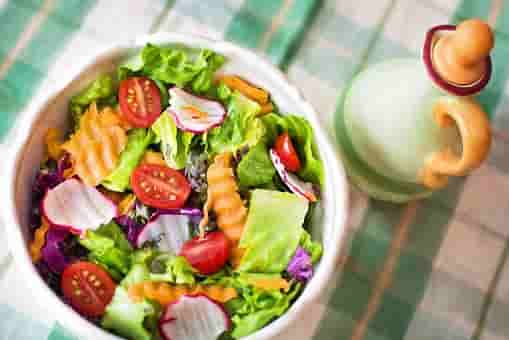
- Quinoa: 11g protein per cup
- Lentils: 17.9g protein per cup
- Eat 5 cups of veggies each day: They need to be non-starchy veggies.
- Eat 4 carbs every day, which should include fruits and limited grains and starches. A good example is ½-cup grains, ½-cup oats, and a slice of bread (if you aren’t gluten tolerant, it needs to be gluten-free bread).
- Eat 3 proteins, choosing any of the vegan or Paleo proteins. Remember to ensure you limit the amounts of legumes.
- Eat 2 fats: You can choose nut butter, nuts, avocado, or fatty fish for your daily dose.
- Eat 1 dairy substitute. This can be almond milk, nut cheese, soy milk, and non-dairy yogurt.
- Eat dessert in limited amounts, only twice a week (and that is if you work out regularly).
- Consume alcohol only twice a week, (60 ml) (only if you work out regularly).
- You can snack on berries and low GL foods such as baby carrots and cucumber.
You should not get confused between the Pegan and the Pegan365 diets. They are pretty much the same; it’s just that these are the few differences:
Pegan Diet: lasts 3 weeks to 3 months
Pegan365: lasts a whole year
Pegan Diet: grains, legumes, and gluten are out
Pegan365: you can eat grains, legumes, and gluten but in meager amounts
Pegan Diet: no alcohol
Pegan365: can have alcohol (only 60 ml) twice a week if you work out on a regular basis
Pegan Diet: avoids artificial sweeteners and refined foods
Pegan365: Can eat dessert in limited amounts, twice a week if you do regular workouts
Pegan Diet: considered too restrictive
Pegan365: It is restrictive, but not as much as the original Pegan Diet
And do you need to be involved in an exercise program?

You won’t be able to escape working out, even when you are on the Pegan Diet or the Pegan365 diet. You need to incorporate exercises into your diet, into your lifestyle. You can do what you love, whether it is running, jogging, dancing, walking, swimming, Pilates, strength training, etc. The whole idea is that you feel good when you exercise and that you remain motivated. When you do good and serious workouts, you can even reward yourself with a sweet treat twice a week.
Is the Pegan Diet for you?

Yes, this diet is for you if you are battling to lose weight and you haven’t yet found a diet that really works for you. It is always advised in any case, that you get your doctor’s advice before starting any diet because your doctor has excellent knowledge about health issues and the medicines he probably knows you are taking, as well as your medical history and genetics.
There are plenty, plenty of diets out there that may have worked for you and maybe some that haven’t worked. The Pegan Diet is a really successful diet because it is well balanced, cutting out foods that cause inflammation in the body. Some say that the Pegan Diet, even though trendy, is one of the healthiest and more easily sustained diet out there right now. And it’s not too restrictive either in nature. If you can stick on this diet without any processed foods; you are likely to experience some pretty positive physical benefits.
The Pegan Diet recognizes that, even though we live in the modern-day drive-thru’s to get your processed foods, etc. the human body’s dietary needs haven’t really changed since the beginning of time. Just like plants need water and sun and rich soil to survive, so does the human body need its four top macronutrients for surviving and thriving, i.e. protein, carbs, fats, and water – all packed with natural organic vitamins and minerals.
Those eating the Paleo Diet would be those predominantly focusing on health. Paleo supporters do argue that by following a diet that is closely aligned with how the early humans ate, the body is able to function at its peak by consuming foods as creation and nature intended. The dietary pillars center on losing weight or maintaining a low weight that is healthy, and optimizing health by eating only non-processed, natural foods. A lot of Paleo followers adhere to a rule where they eat 3 meals a week that are non-Paleo. This offers them balance and is said to reduce cravings and the urge to binge.
If you intend to follow a strict Paleo diet for a few months or to embark on the Paleo365 diet, it does take some planning. It will also take paying attention to nutrition. Remember that everyone is different – diets don’t have to be this one or that one – each person is free to pick and choose their own eating philosophies from different diets to create their own healthful lifestyle that makes them feel at their utmost best; one which balances everting; mind, body, and soul. Remember that labels are just merely the creation of society and do not need to impede on your own personal choices. Everybody’s main concentration, if we are serious about our health, needs to be concentrating on eating unprocessed, sustainably sourced foods that are best for our bodies and of course that of our planet.

